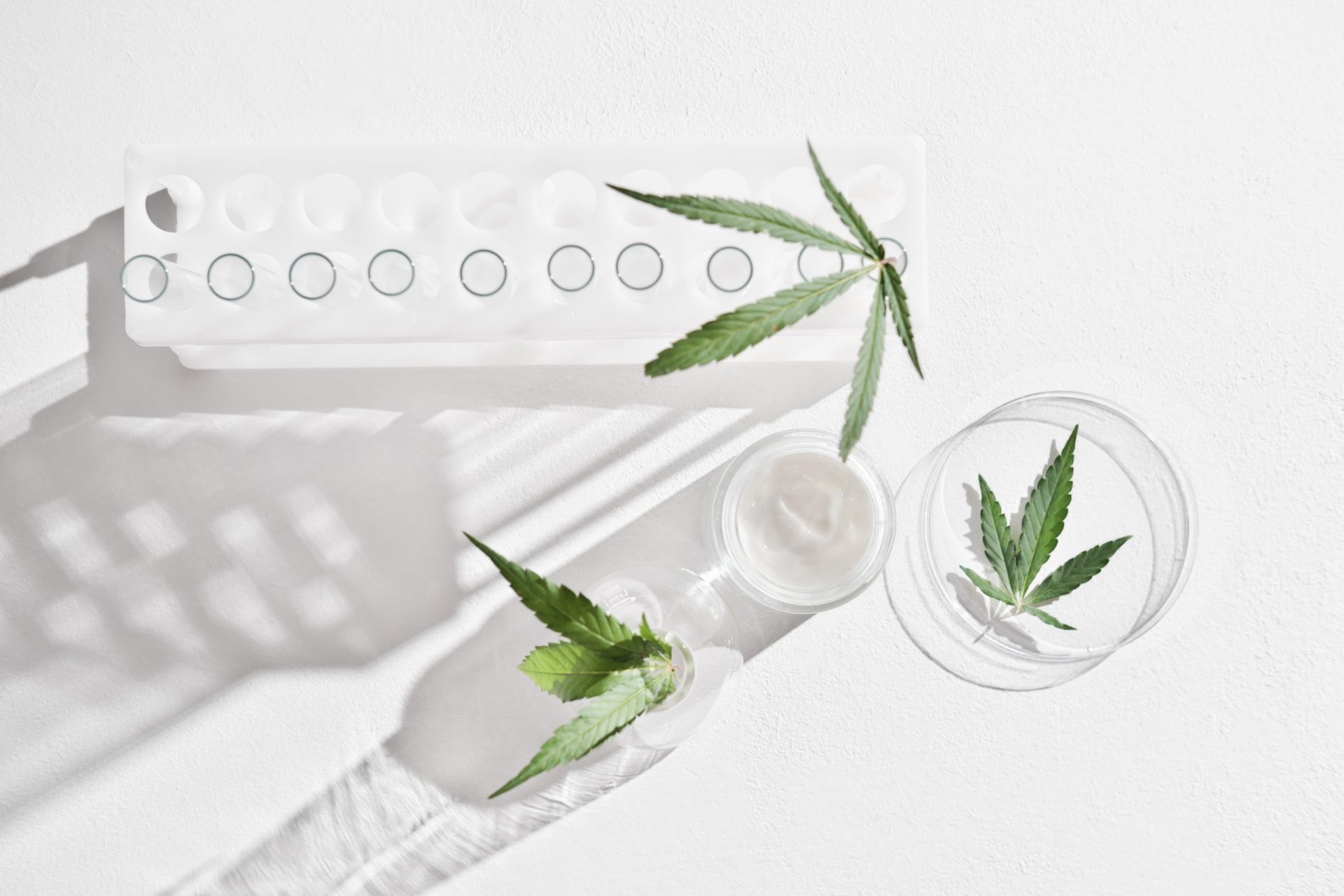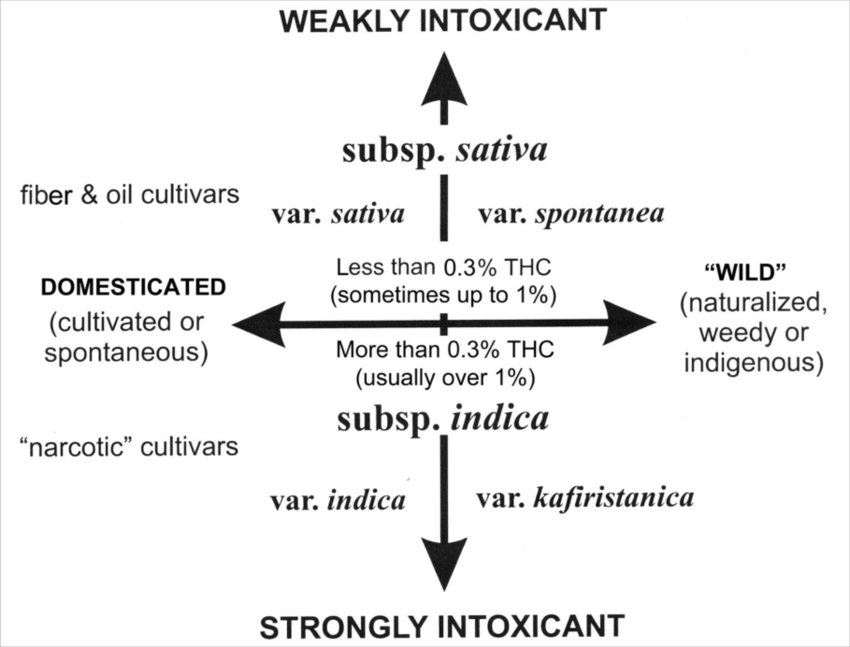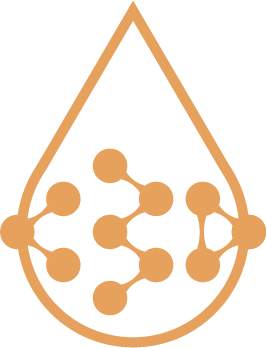No products in the cart.

Cannabis – Classification
The term cannabis is often associated with something forbidden. So how come there are suddenly so many stores in which cannabis-based products are openly sold? The answer to this question can be found in the following blog: Legal regulations, but in short – in the varieties in question the total content of psychotropic substance THC does not exceed 0,2%.
Cannabis is a plant which has long been known for its versatility. It is used for the production of more than 25.000 industrial products, and lately there has been an increased number of research studies on the use of its active ingredients (cannabinoid, terpene/terpenoid and flavonoid).
With the targeted selection of hybrid strains, nowadays the cultivation of cannabis can be generally divided into three main groups of cultivars:
- varieties grown for fibres
- varieties grown for seeds
- varieties grown for medicinal or recreational purposes
Cannabis, whose botanical name is Cannabis sativa L., is the only genus of the Cannabaceae family.
The widely accepted morphological classification into three sub-species (and several strains) suggests that all three subspecies – sativa, indica and ruderalis – represent either pure or hybrid varieties of the Cannabis plant genus. (McPartland JM (2018) Cannabis systematics at the levels of family, genus, and species, Cannabis and Cannabinoid Research 3:1, 203–212, DOI: 10.1089/can.2018.0039.).

A part of the scientific community advocates this taxonomy and the opinion that Cannabis sativa L. has only two subspecies – Cannabis sativa subsp. sativa and Cannabis sativa subsp. indica .
This taxonomy is based on the scientific paper written by Ernest Small and Arthur Cronquist in 1976 , on the basis of which the International Association for Plant Taxonomy set the limit of 0,3% THC between the sativa (without psychoactive effects) and indica subspecies (with an intoxicating effect).
However, the purpose of this taxonomy was not to differentiate between cannabis with psychoactive properties and the one without intoxicating effects, nor does it refer to the plant’s ability to intoxicate the consumer. The 0,3% THC limit was set exclusively as the threshold for the purpose of taxonomy. The author Ernest Small emphasised that the percentage accepted by legislation is the result of a misinterpretation of the purpose of the aforementioned scientific paper, and that a plant should contain at least 1% of THC to induce any sort of intoxicating effect, as shown by the illustration.
While in scientific circles there is an ongoing debate about the classification of cannabis, Ethan Russo, MD (https://ethanrusso.org/about-ethan-russo-md/) believes that the nomenclature sativa/indica should be abandoned for the purpose of scientific accuracy and public health. Instead, he insists that precise biochemical data of cannabinoid and terpene profiles of cannabis should be publicly available, for both the medical and recreational market.
The morphological classification is accepted in Croatia and cannabis (Cannabis sativa L.) is divided into three subspecies in terminological and legislative sense:
- Sativa ( Cannabis sativa L. subsp. sativa or Cannabis sativa L. ) – known as industrial hemp;
- Indica ( Cannabis sativa L. subsp. indica or Cannabis indica Lam. ) – known as marijuana (other slang names include: grass, pot, Mary Jane, weed, ganja, dope, reefer, doobie, hash, etc.)
- Ruderalis (Cannabis sativa L. var. ruderalis or Cannabis ruderalis Janich.) – the so-called “wild” hemp, native to northern Eurasia where it grows as weeds, and is considerably different from both sativa and indicain terms of its morphology; its specific characteristic is that it contains less THC and often a high amount of cannabidiol (CBD).
Due to an intense selective cultivation and growing methods in the recent years, the difference between sativa and indica subspecies, which is usually encountered in lay literature, is no longer applicable as the degree of crossbreeding/hybridization is such that only a biochemical test can show to the consumers or scientists which substances a plant contains and in what quantities. ( https://www.ncbi.nlm.nih.gov/pmc/articles/PMC5576603/ )



Leave a Reply